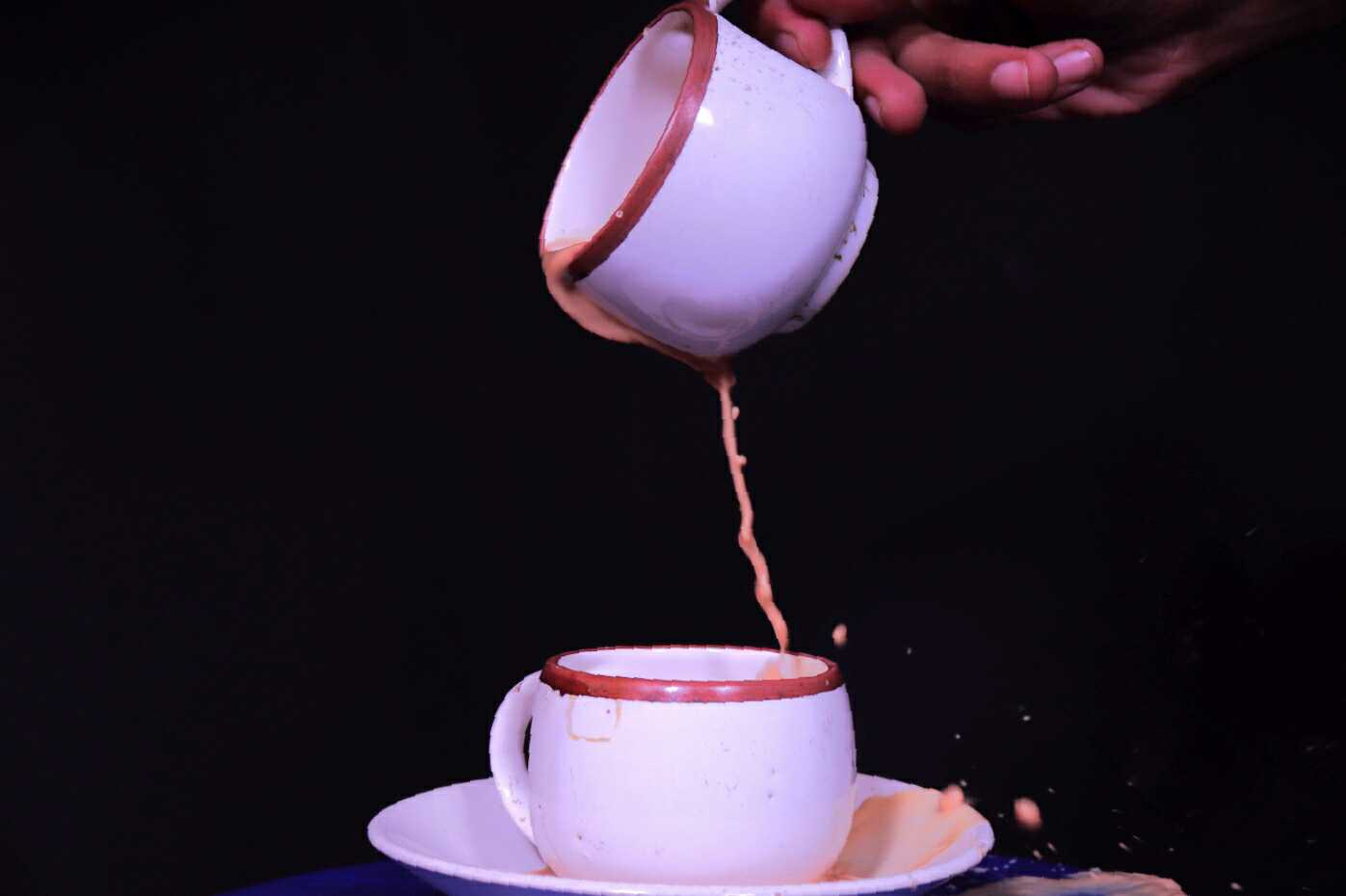I am left-handed. It is not entirely qualified, but I write using my left hand. I also hold the spoon in my left hand. I tend to use my left hand for most of the tasks requiring fine-holding. This sometimes creates awkward situations in a (human) world mainly designed for the right-handed. Sitting anywhere other than the left-most end of a table to eat means I (and possibly the person on my left) have to eat while being mindful of our elbows. Instruments and equipment, too, tend to have a handedness bias, creating a certain degree of handicap for left-handed people.
Unless made explicit, most of these handicaps are just internalized, and I've barely asked myself, is it me that's bad at it, or is it just a design not meant for me? I guess we (left-handed folks) work our way around it. For example, I cannot use a pair of scissors with my right hand. I can operate a pair of scissors normally with my left hand, having learned that I must create a twisting force on the scissors to cut properly. Other than leaving pressure marks and short-term pain on my fingers holding the scissors, it works fine. In fact, I bought a left-handed pair of scissors, and I cannot use them at all because the finger-twisting is so ingrained in my motor control now that it just messes up the operating forces of scissors made for the left hand. I fancy learning to play drums. I thought playing drums didn't require handedness before knowing that drums are also right-handed. I got around this by not acting on my fancy (yet). I use the vegetable peeler in a downward motion away from my body.
But, telling yourself these stories of handedness is sometimes a bad choice. Handedness is a lot about brain wiring and can be reconfigured to a certain extent through retraining. For example, pouring tea from a pan with a spout on the left side. Unable to use the spout, I learned to pour it from the right like a deluge so that the force of gravity takes control before the forces of adhesion do, and the liquid does not fall off in multiple streams sticking along the sides of the pan. It works most of the time. I tried using my right hand and found it wasn't too incapable in this case. So, I forgot about the handicap and started using my right hand to pour tea. Having spent more than six months at this (once daily) routine, I'm good at it now. I also learned that the spout is sometimes just ornamental if not designed well, and the deluge method of mine works well in such cases as well. I just realized this today. All those mornings of pouring with the right hand have slowly trained my hand to do it well! I find this self-inspiring, the power of practice and small change. But, this would have gone totally unnoticed had I not realized another thing. My left-hand pouring game is not so strong anymore.
P.S. Today I learned that when pouring it with the left hand over a larger curved area of the pan, the Coanda effect comes into play and causes trouble.
